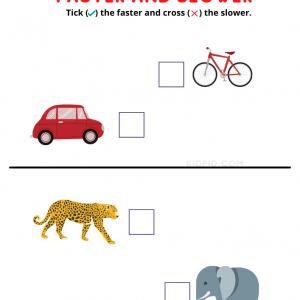
Prasam
MemberForum Replies Created
-
::
Astrology is based on the belief that the positions and movements of celestial bodies, such as the Sun, Moon, planets, and stars, can influence and provide insights into human behavior and events on Earth. It operates on the concept that there is a relationship between the positions of these celestial bodies at the time of a person’s birth and their personality traits, characteristics, and future events.
Astrology works on the belief that there is a symbolic connection between the celestial bodies and human life. The positions and interactions of these celestial bodies are believed to reflect or influence different aspects of a person’s life journey. Astrologers then interpret this chart to gain insights into various aspects of a person’s life, such as their personality, relationships, career, and future prospects.
Astrology is a complex and diverse field with different approaches and traditions across cultures. Here are a few more aspects about astrology:
Zodiac Signs, Birth Chart, Planets and Houses, Aspects, Predictions and Guidance and many more.
Astrologers may provide guidance and insights regarding career choices, relationships, personal growth, and important life decisions. Ultimately, astrology is a deeply personal and subjective belief system that many people find value in for self-reflection, gaining insights, and exploring their personal journey.
-
Prasam
MemberJune 1, 2023 at 5:12 pm in reply to: How does looking at distant galaxies allow us to look back in time?::Looking at distant galaxies allows us to look back in time due to the finite speed of light. Light travels at a constant speed of approximately 299,792 kilometers per second in a vacuum. When we observe distant galaxies, we are actually seeing the light that was emitted from those galaxies in the past.
Since light takes time to travel from its source to our eyes or telescopes, the light we receive from a distant galaxy has been traveling for a significant amount of time before reaching us. For example, if a galaxy is located one million light-years away, the light we observe from that galaxy today was emitted one million years ago.
By studying the light emitted by distant galaxies, astronomers can gather information about the state of the universe at different points in its history. They can learn about the early stages of galaxy formation, the evolution of stars, and the expansion of the universe over time.
This concept is often referred to as “lookback time” or “cosmic time.” The farther away an object is, the longer its light has traveled to reach us, allowing us to observe it as it was in the past. By observing objects at different distances, astronomers can essentially create a timeline of the universe and gain insights into its evolution over billions of years.
It’s important to note that looking at distant galaxies does not provide a direct window into the past as experienced by humans. It allows us to study the past conditions and events of the universe based on the light that has reached us, providing valuable information about the history and development of our cosmos.
 Hot and Cold Activity Sort Worksheets
Hot and Cold Activity Sort Worksheets  Months of the Year Flashcards
Months of the Year Flashcards  Time Words Practice Worksheets for Kindergarten
Time Words Practice Worksheets for Kindergarten  Faster & Slower Worksheets for Kindergarten - Free Printables
Faster & Slower Worksheets for Kindergarten - Free Printables